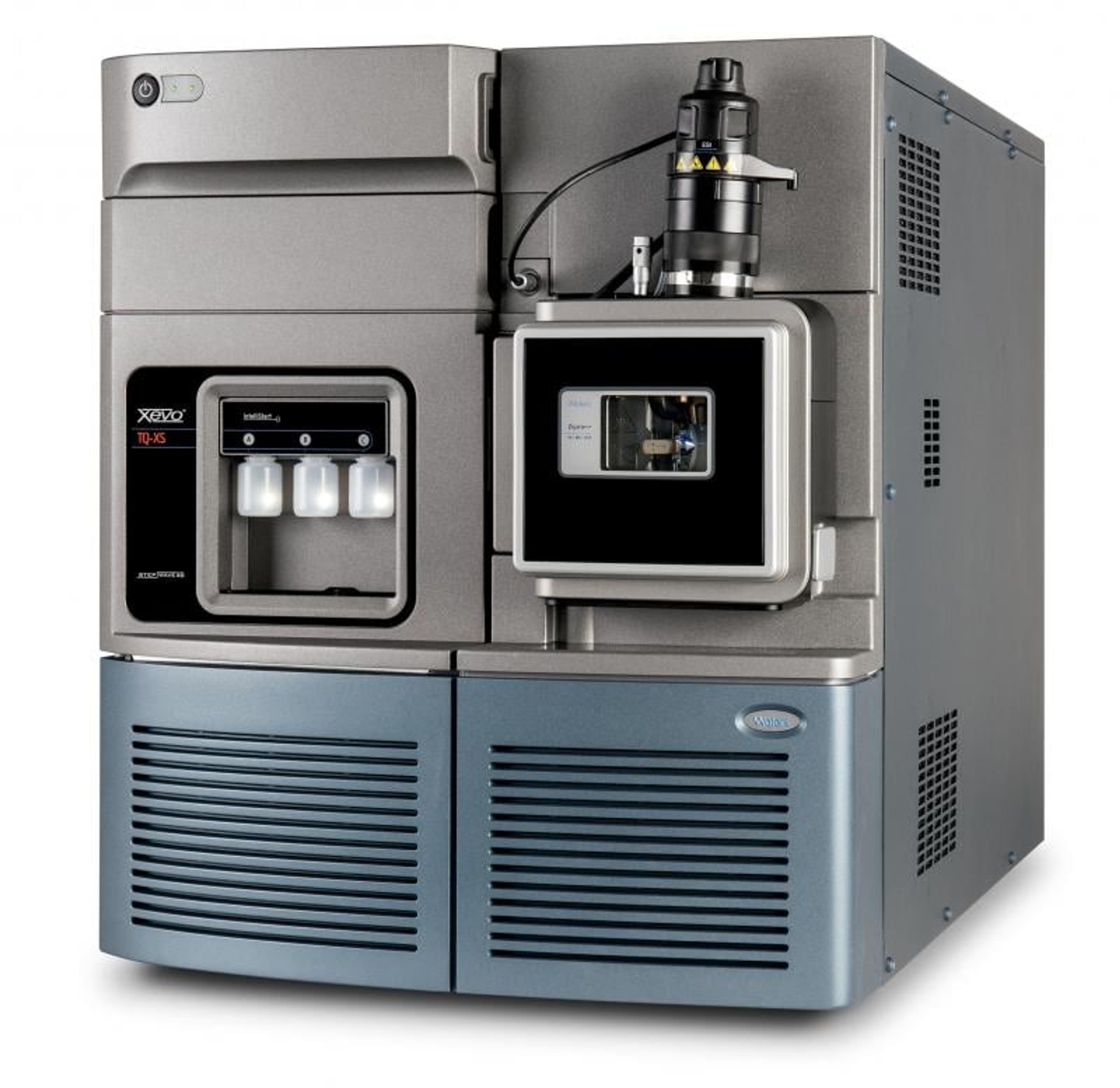Advancing technology for dioxins analysis – adapting methodology to address current and future needs
With the decline in availability and performance limitations of magnetic-sector high-resolution mass spectrometry (HRMS), many laboratories are investigating new methodology and instrumentation to address the demanding needs of ‘“dioxin’” and dioxin-like persistent organic pollutants (POP’s) analysis. In recent years, both the European Union (EU 644-2017 and EU 771-2017) and the United States (USEPA ATP 16130) have recognized the use of tandem quadrupole mass spectrometry (MS) as an acceptable alternative to traditional high-resolution magnetic sector-based methods. Additionally, other countries have evaluated and validated this methodology as a replacement for the traditional HRMS approach, and in doing so, have realized several advantages.
This webinar will discuss:
- Selecting a new instrument to replace legacy HMRS
- How the atmospheric pressure gas chromatography (APGC) MS/MS technology that was selected compared with the previous instrument in performance and usability
- How the new method was accredited
Key learning objectives
- Assessing alternative systems for the analysis of dioxins and furans
- The advantages of tandem MS and atmospheric pressure chemical ionization (APCI) as an alternative test procedure
- Accrediting a new method
Who should attend?
Laboratory managers and senior scientists working with environmental samples for contract testing organizations, regulators, academics
Speakers




